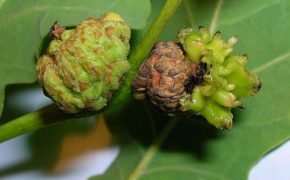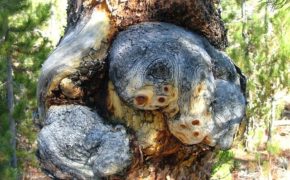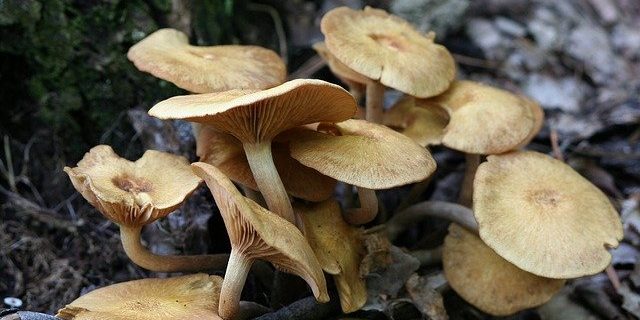
Get a quick no obligation quote It’s free and will only take a jiffy!
How to Identify Tree Fungi
There are many different types of fungi that grow on trees here in the UK. Some are not at all harmful to trees, whilst others can cause damage or decay. It is important to be able to identify the various forms of tree fungus so that you know the potential effects they could have on your tree. Our tree fungi guide will help you do just that.
Most tree fungi penetrate through tree wounds. Once identified, the next step is to analyse the condition of the tree. If it is displaying signs of decline, then further investigation will be needed to ascertain the extent of possible decay, so that an appropriate treatment can be prescribed.
Here are some of the most common types of tree fungi.
Brittle Cinder (Ustulina deusta or Kretzschmaria deusta)
The Brittle Cinder fungus is cushion-like, fruiting from December to January. It affects the roots of the tree and causes white rot of the wood. Trees affected include broadleaved varieties such as maple, oak, horse chestnut, beech and lime.
This aggressive fungus gets into the tree via root injuries. It can potentially be very damaging, weakening the wood at the base of the tree, eventually, in some cases, causing it to fail.
Look for asphalt or charcoal-like bodies, consisting of black, domed, lumpy crusts that crumble when pushed with force.
Armillaria mellea (Honey fungus or Bootlace fungus)
Honey fungus fruits between July and November. It takes the form of a convex yellow or brown fungal body, affecting the roots and base of the trunk.
Broadleaved trees are the main variety affected, as are conifers. White rot results, eventually leading to tree failure.
Honey fungus can be identified by white fungal growth between the bark and wood, usually at ground level. Clumps of honey coloured toadstools occasionally appear on infected stumps during the autumn.
Look for upper parts of the plant dying off, sometimes suddenly following hot weather. Leaves may be smaller and paler than usual, and the tree may fail to blossom or, conversely, may produce an unusually abundant bloom and heavy fruit crop. Premature autumn colour is another symptom, as are cracking and bleeding of the bark at the base of the stem.
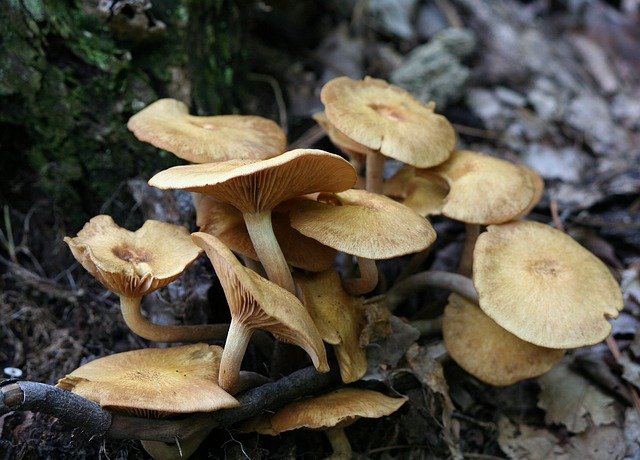
Ganoderma adspersum (Southern Bracket)
This bracket type fungus fruits between December and January and attacks the roots and base of the trunk of broadleaved trees with white rot.
The white rot makes the tree unstable, often leading to its demise.
Fistulina hepatica (Beefsteak Fungus)
Beefsteak fungus is another bracket type fungus that fruits from June to October It affects the roots and trunk of the tree and is particularly common in more mature oaks and sweet chestnuts.
Brown rot and dry rot are symptoms of this fungus, which is responsible for the hollowing of oak trees.
Look for a tongue-like structure poking out of the tree, which over time starts to resemble a piece of raw steak or liver.
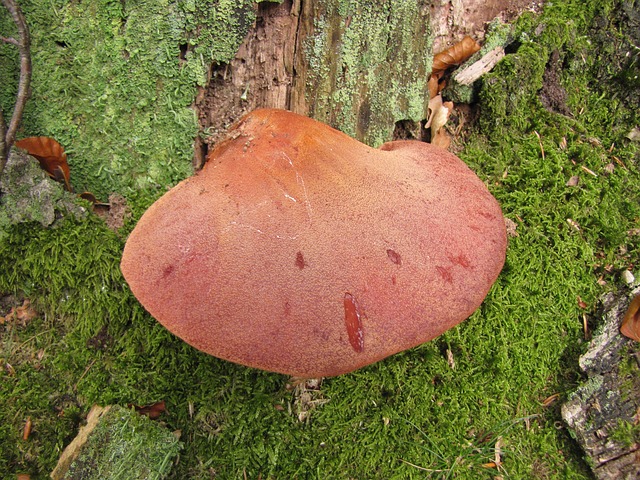
Meripilus gigantus (Giant polypore)
This bracket fungus fruits from June to October and again affects the roots and base of the trunk. Oak, poplar, London plane and beech trees are the most commonly affected.
White rot causes damage to the roots, rootstock and trunk base, often causing the tree prone to toppling or collapse.
Look for large, white cabbage-like rosettes growing at the base of the tree.
Laetiporus sulphureus (Chicken of the Woods)
A bracket fungus fruiting between May and September, chicken of the woods mostly affects oaks, willows, yews, cherry trees and sweet chestnuts.
Brown rot results from this very aggressive fungus, appearing in the heartwood and leading to the tree becoming brittle. Eventually the tree may collapse.
Look for a thick, fleshy fungus with bright creamy yellow lobes and bands of orange that fade to cream as the fungus ages. The flesh is succulent, soft and crumbly, whilst the upper surface is velvety.
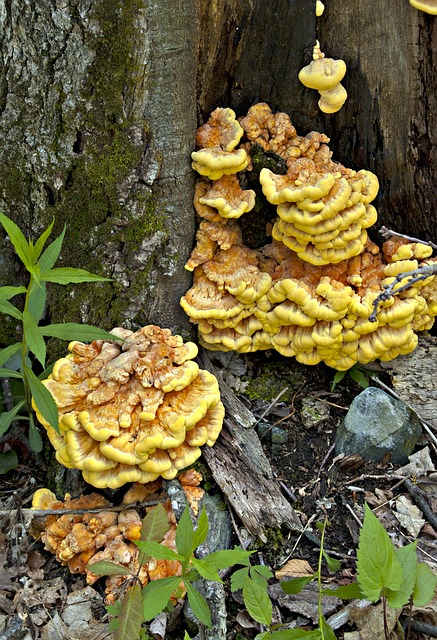
Inonotus hispidus (Shaggy Bracket)
Shaggy bracket fruits between June and September, affecting the trunks of broadleaved trees, especially ash, poplar beech, sycamore and oak.
White rot results as the fungus gets into the tree through wounds on the branches and trunk, decomposing the wood.
Inonotus Dryadeus (Warted Oak Polypore or Oak Bracket)
A bracket fungus that fruits from July to October, oak bracket lives of the heartwood of trees as well as deadwood.
A type of butt rot fungi, oak bracket attacks the roots and root buttresses of oak, sycamore, beech, elm and ash with white rot. Eventually, in the later stages of decay, the tree is prone to failure.
Look for a thick, lumpy, cushion-like fungus, sometimes appearing in tiers, secreting a thick amber liquid that looks like honey.
Tree Care Expertise
When it comes to the health of your trees, expert advice will always be advantageous. If you are concerned that your tree may be affected by a fungus, you are welcome to contact our specialists for tailored advice on identification and treatment.
At T.H. Tree Services we have been taking care of trees for over 15 years. For a free consultation and friendly advice, give us a call on 01268 642814.
Had a fallen tree in the early hours of Monday morning, called for quote and the team had it cleared on the same day. Really good communication when the lads were onsite and did a great job. Lots of pride in their work shown with the thorough clear up. Would thoroughly recommend.
Thank you Stuart for your kind review. We were glad to be able to help you with your fallen tree. If there's anything else you need in the future, please don't hesitate to get in touch.

